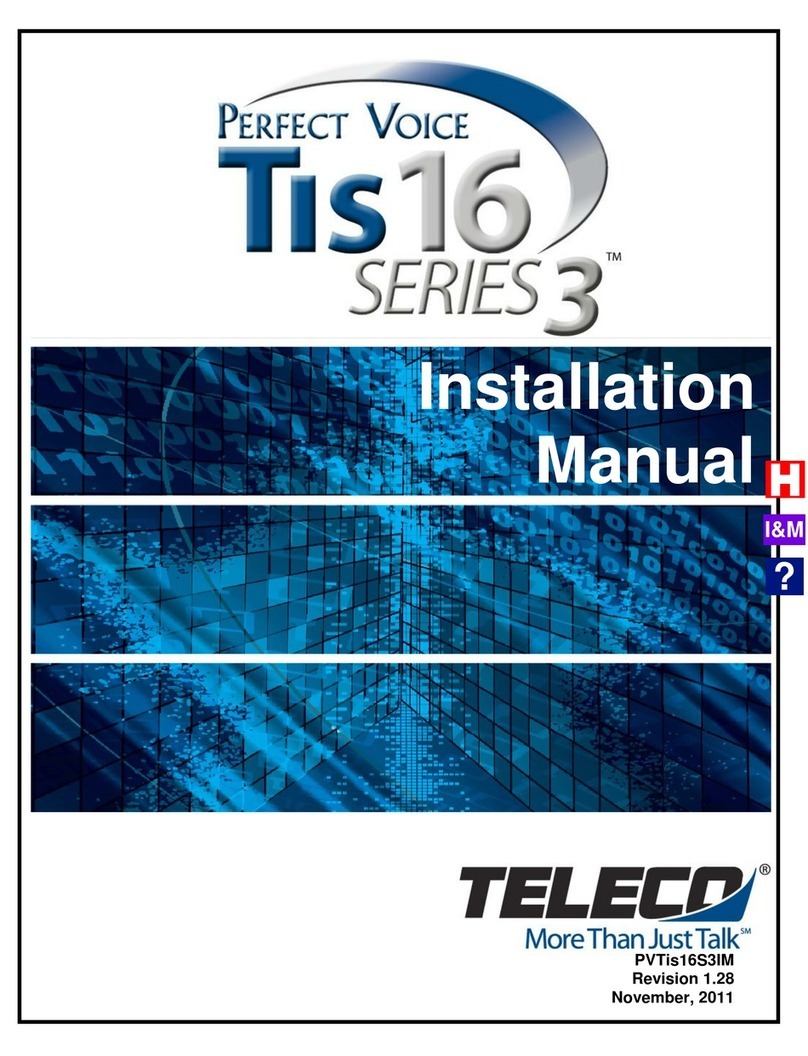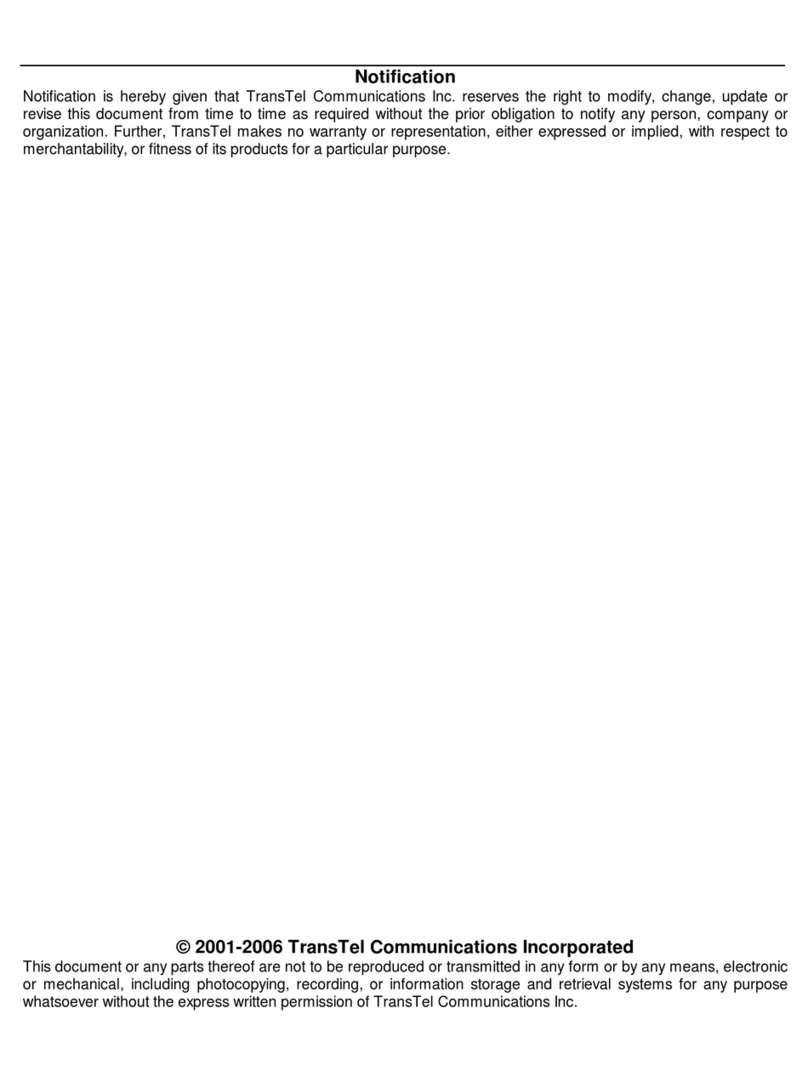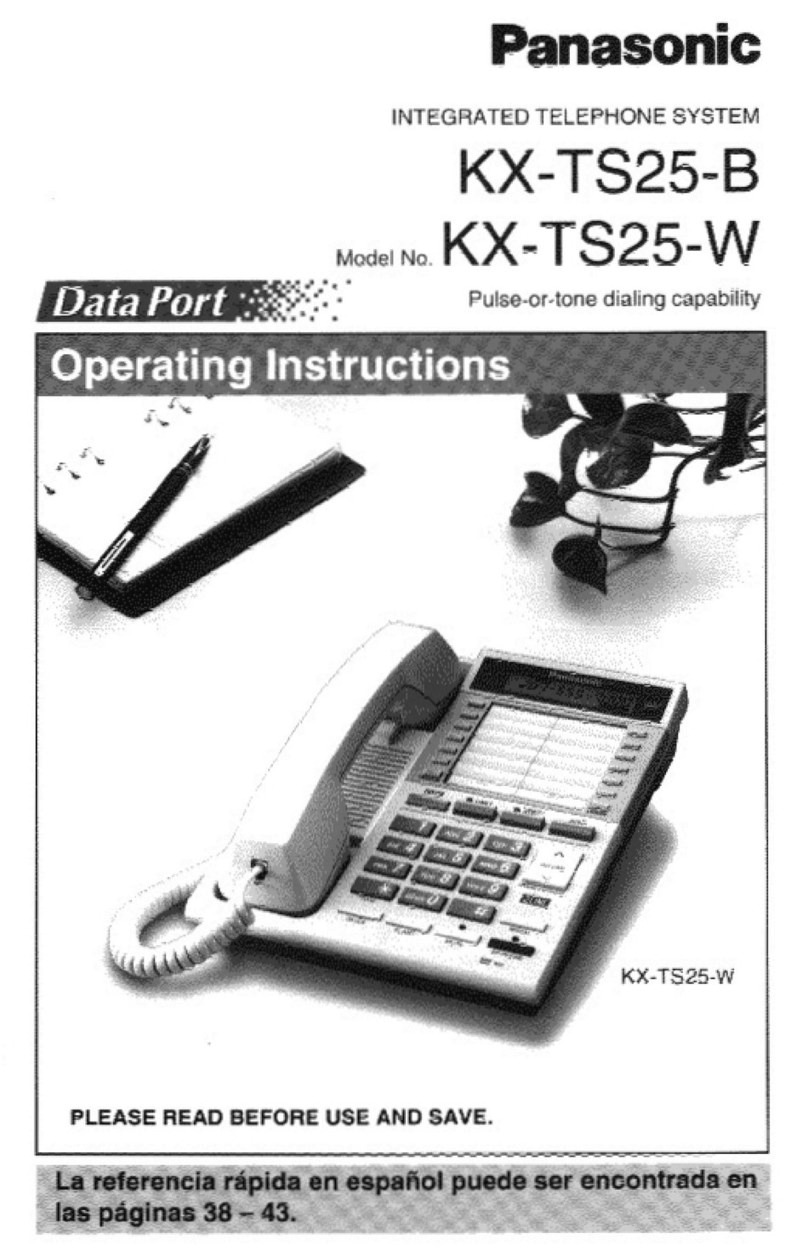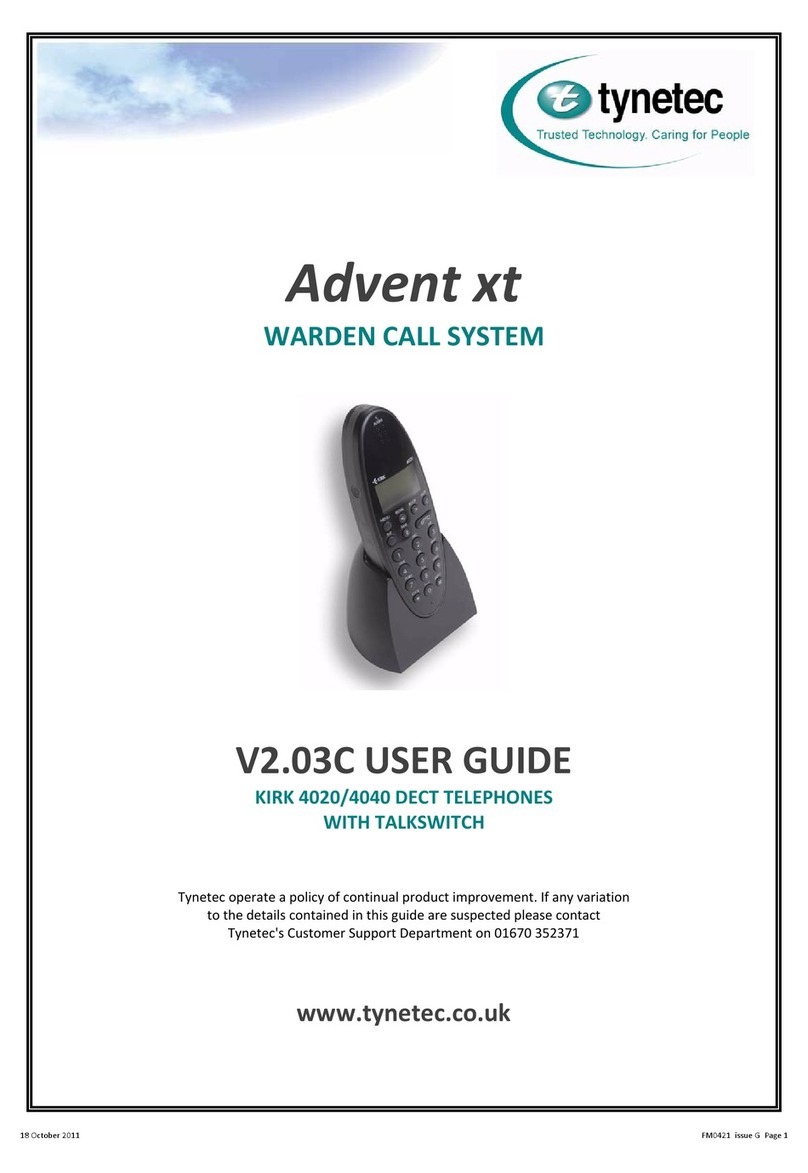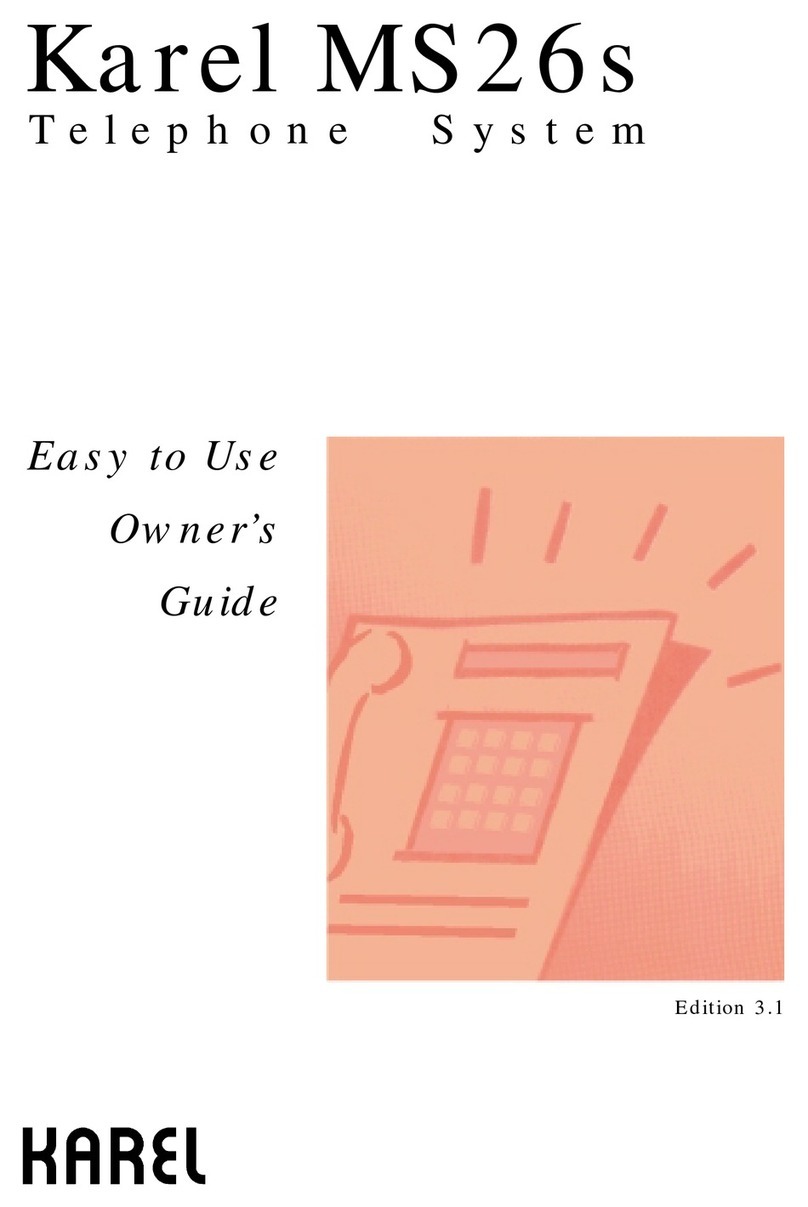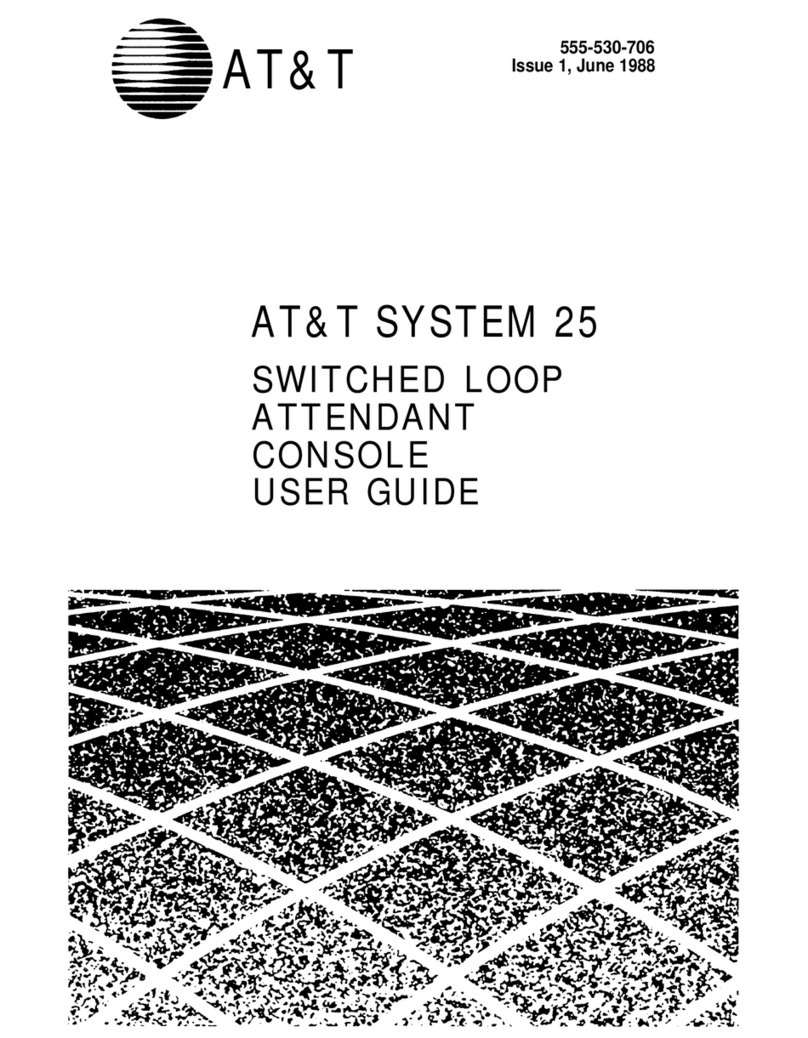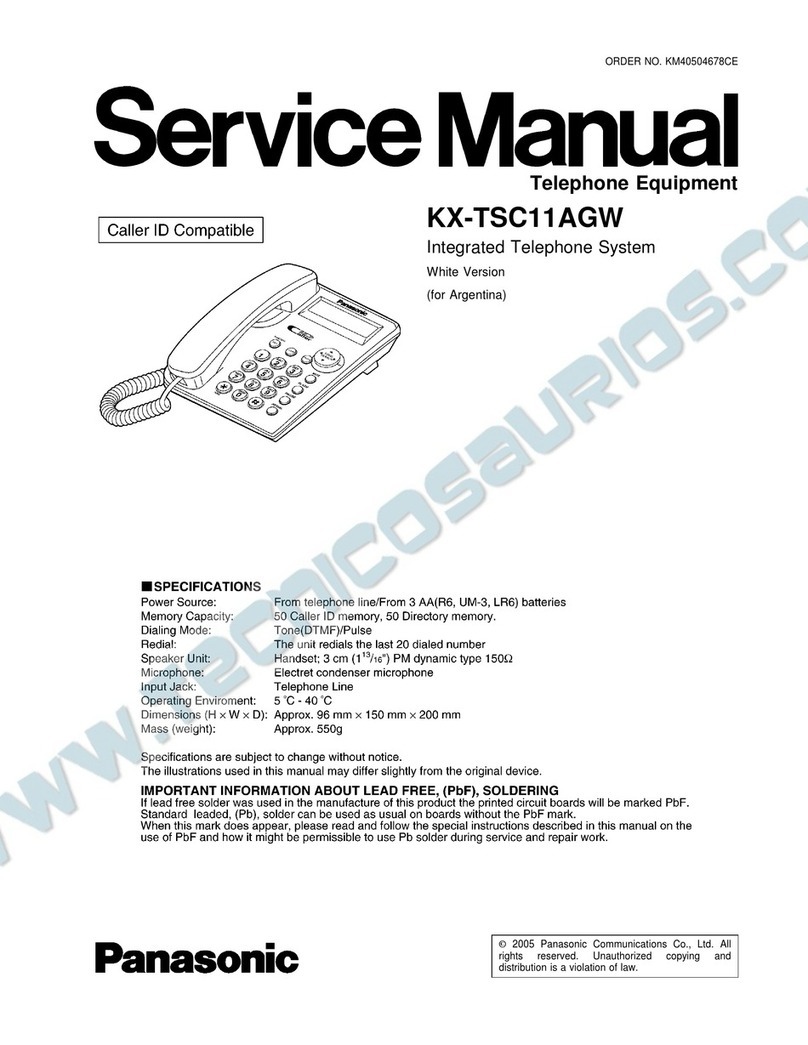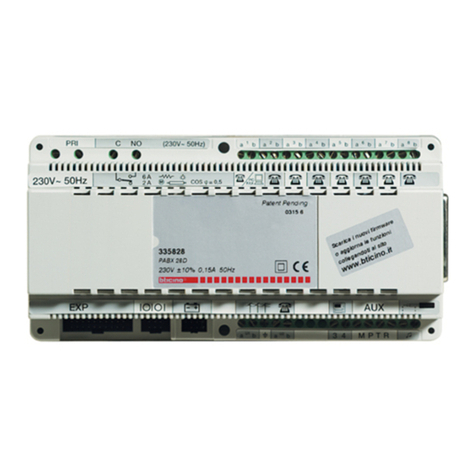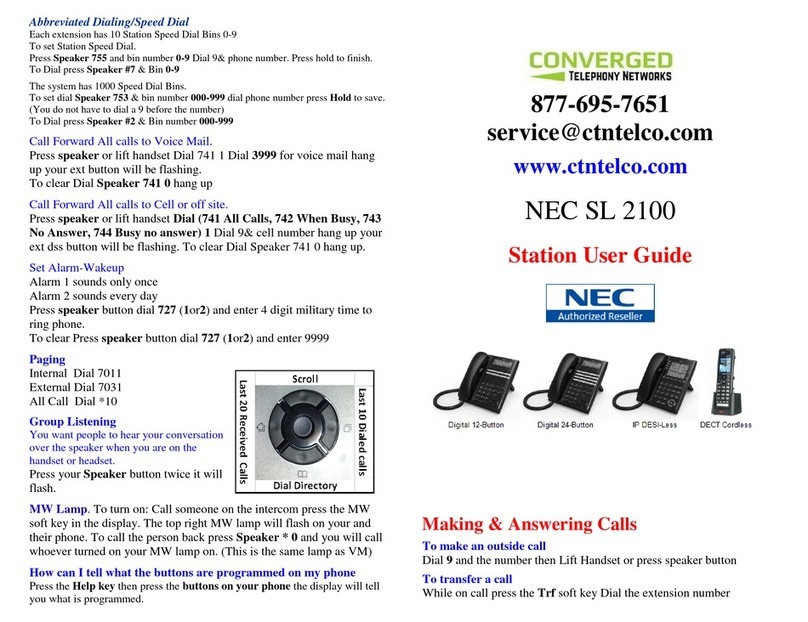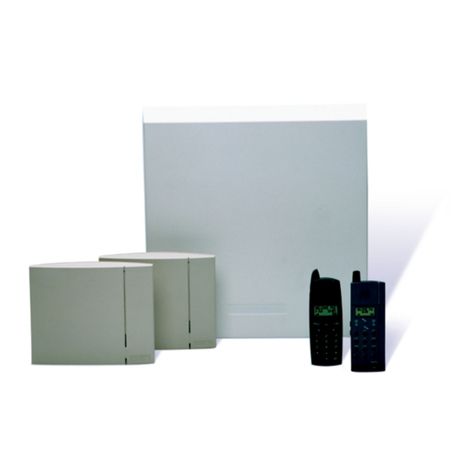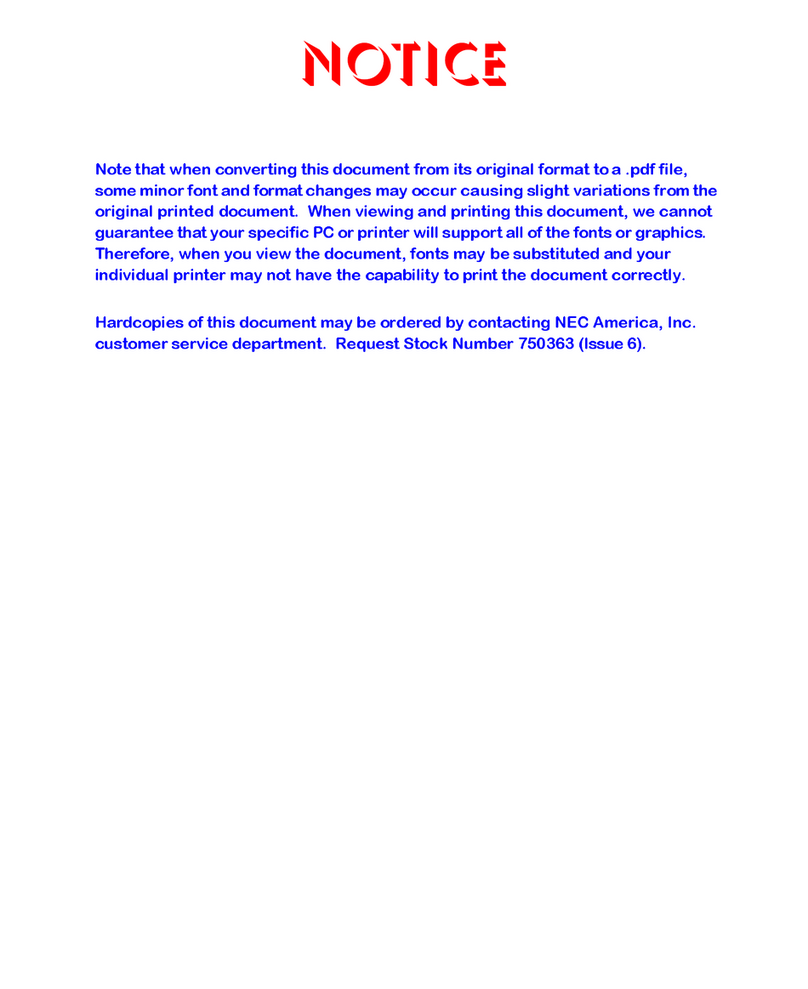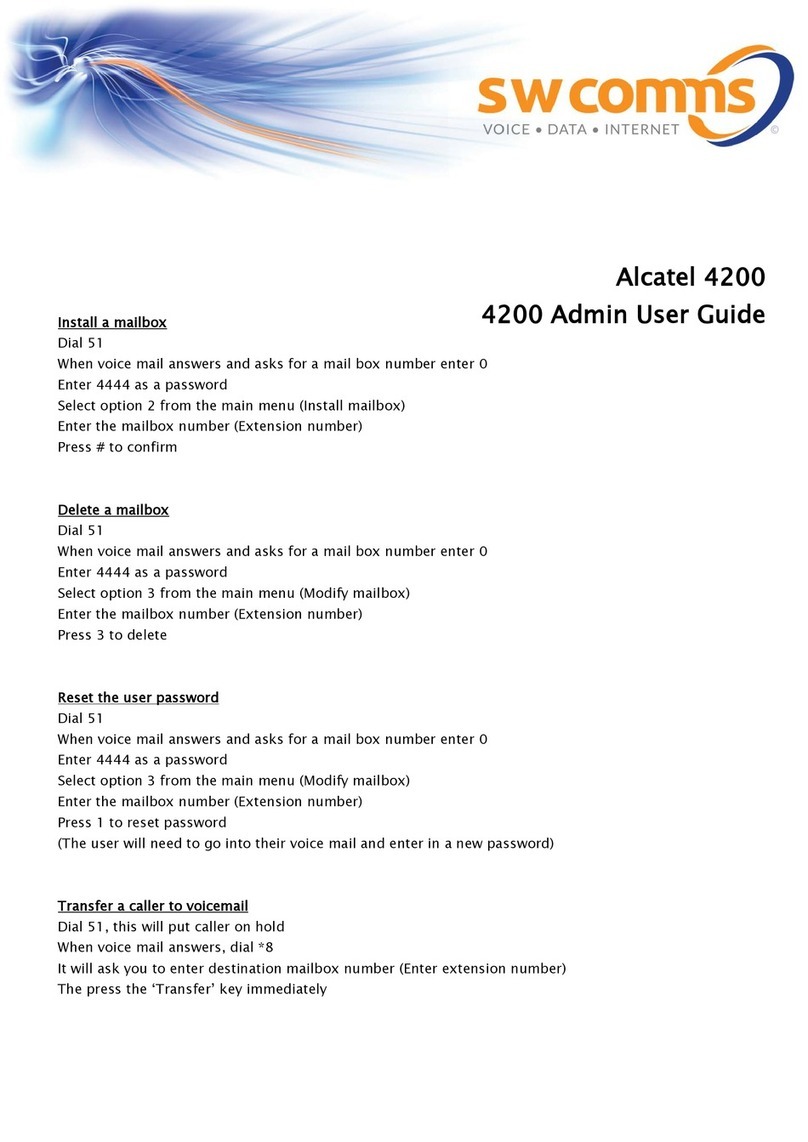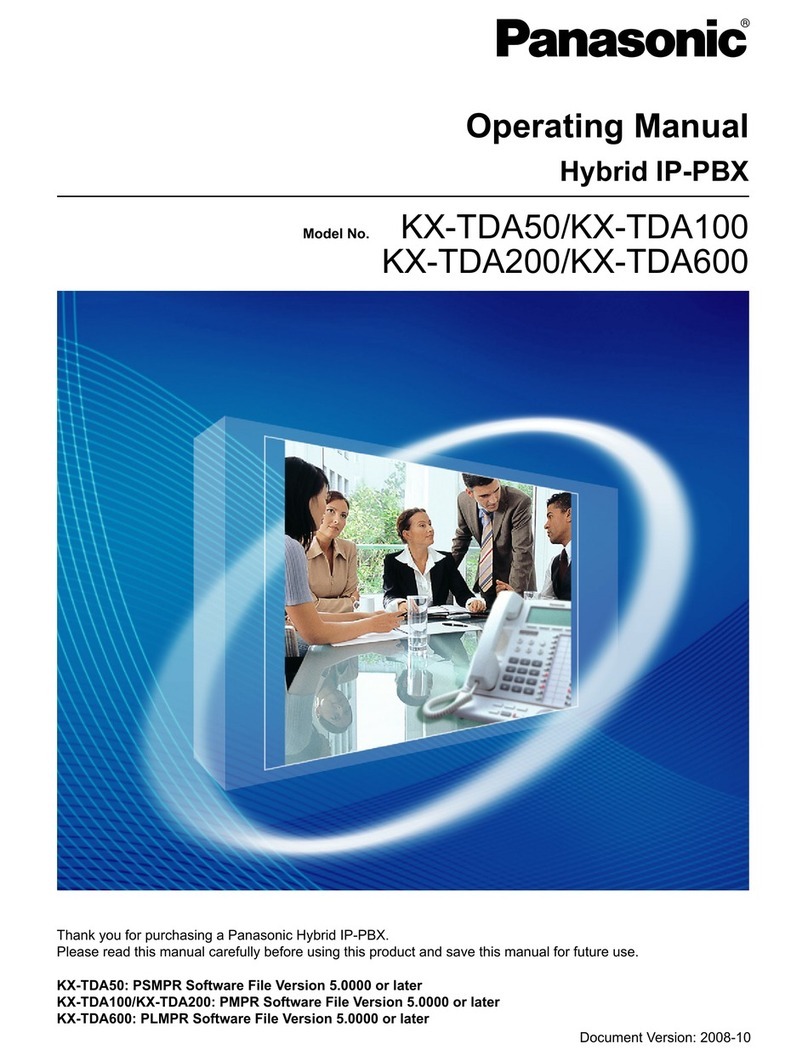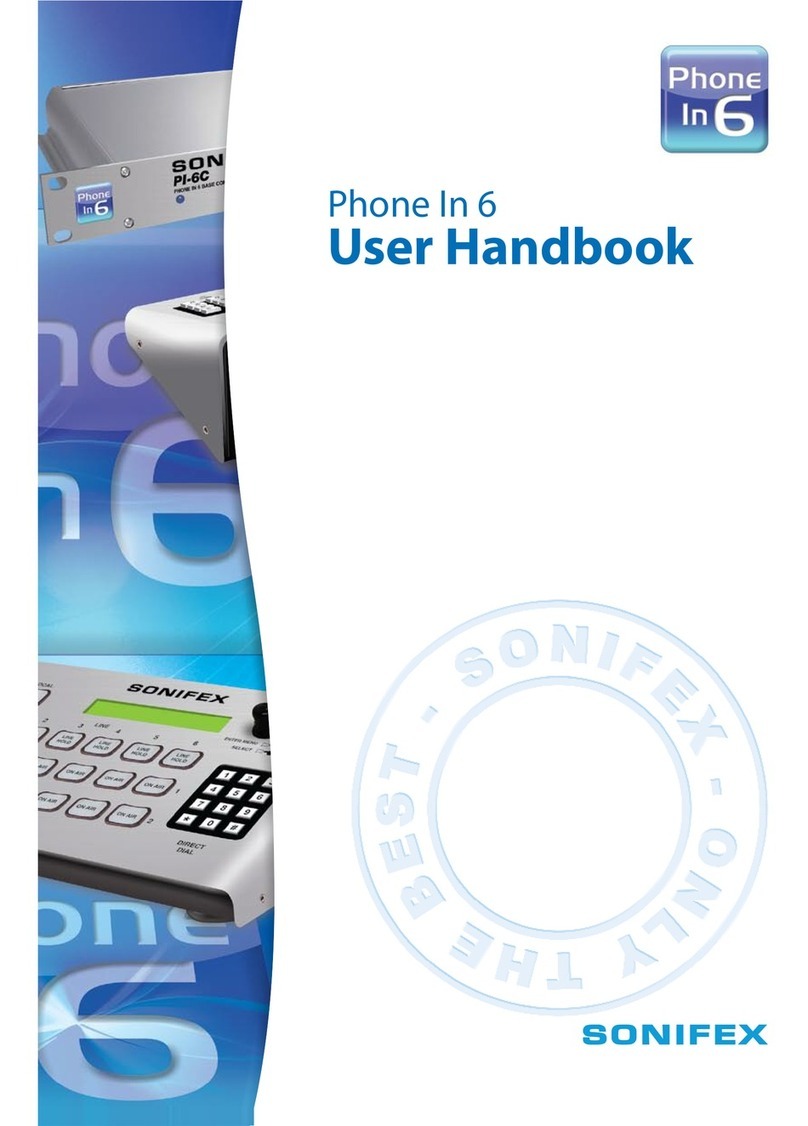
Table of Contents
(Continued)
OPTIONS.......................................................................... 3-8
4. PROGRAMMING
PROGRAM MODE ACCESS ........................................... 4-1
ENTERING A PROGRAM COMMAND............................ 4-1
PROGRAMMING COMMANDS ....................................... 4-2
Access and Disconnect Codes ................................... 4-2
Mobile-to-Phone Pulse or DTMF Dialing..................... 4-3
Number of Rings-to-Answer........................................ 4-3
Single Digit Access Code Validation ........................... 4-3
Dial Regeneration Timeout Timer ............................... 4-3
Hook Flash .................................................................. 4-4
Call Waiting Alert......................................................... 4-4
Limit Phone Access to Autodials................................. 4-4
Toll Restrict Digits ....................................................... 4-4
Ringout Mode .............................................................. 4-4
Optional Security Code for Direct to Air ...................... 4-5
Repeat Audio Control .................................................. 4-5
Call Answer Mode ....................................................... 4-5
Morse Code Station ID ................................................ 4-5
Interconnect Courtesy Tones ...................................... 4-6
Half-Privacy Mode ....................................................... 4-6
Call Limit Timer ........................................................... 4-7
Mobile Activity Timer ................................................... 4-7
Set Operating Mode .................................................... 4-7
Sample VOX Before Issuing Dial Tone ....................... 4-8
Select Paging Format.................................................. 4-8
Two-Tone Paging Parameters .................................... 4-8
DTMF Paging Parameters........................................... 4-9
Mobile-to-Mobile Paging.............................................. 4-9
Autodial Numbers........................................................ 4-9
Dial Tone Disconnect .................................................. 4-10
Non-DTMF Mobile Access .......................................... 4-10
Dual Function Connect Button .................................... 4-10
Multiple Second Dial Tone .......................................... 4-10
Repeat Courtesy Tone ................................................ 4-11
Simplex Sample Rate.................................................. 4-11
VOX Hold Time ........................................................... 4-11
Automatic Sample Window Setup............................... 4-11
